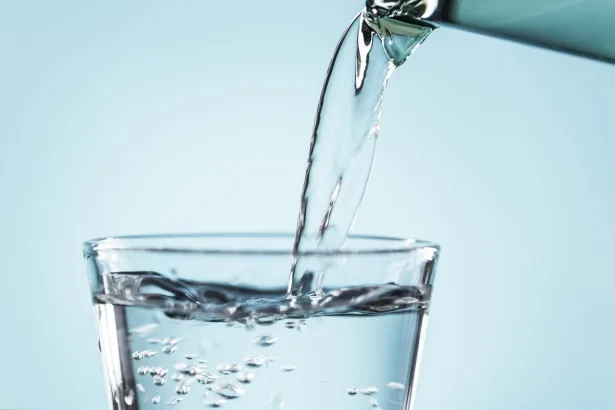A team led by researchers from Radboud University in The Netherlands has reported that concentrations of pharmaceuticals in freshwater sources around the world are higher than ever.
In a new paper published in the February 22 issue of the journal Environmental Research Letters, environmental engineers from Radboud’s Institute for Wetland and Water Research, the University of York, the Netherlands Environmental Assessment Agency, and Utrecht University note that while more widespread data gathering needs to occur, they have discovered heightened levels of two particular medicines in water supplies – and one can cause potentially damaging ecological effects.
The two pharmaceuticals investigated were the anti-epileptic carbamazepine and the antibiotic ciprofloxacin. They were chosen because both are prevalent in surface waters throughout the world and both are candidates for the Watch List of the European Water Framework Directive, which pollutants that should be carefully monitored by the EU Member States.
The research involved the study of 449 aquatic ecoregions worldwide and the researchers’ new model incorporated socio-economic and demographic predictors that influence pharmaceutical consumption rather than simply using treatment patterns and disease prevalence, as older models did.
In addition, previous models could only give predictions in places where there was already significant information available. The new model proposed in the paper provides a more accurate picture of environmental risks and requires less data, which makes it possible to make predictions for individual ecoregions rather than just large bodies of water.
The researchers found that between 1995–2015, global carbamazepine consumption increased from an estimated 742 tonnes to an estimated 1214 tonnes. They also estimated that global ciprofloxacin consumption showed a 7-fold increase from 298 tonnes in 1995 to 2318 tonnes in 2015.
The environmental risks of ciprofloxacin were found to be 10 to 20 times higher in 2015 than in 1995, and it has a high global impact when released into the water supply.
“The concentrations of this antibiotic can be harmful for bacteria in the water, and these bacteria in turn play an important role in various nutrient cycle. Antibiotics can also have a negative impact on the effectiveness of bacteria colonies used in wastewater treatment.”
Lead research Rik Oldenkamp said
And, of course, the rise of antibiotic-resistant bacteria has long been a public health issue. While we normally see overprescription as the main problem, the presence of these pharmaceuticals in the environment has been understudied.
“Our model shows a particular need for new data in these types of areas,” says Oldenkamp. “The model is really a starting point for creating an insight into the environmental risks posed by pharmaceuticals all over the world.”




Share Your Thoughts